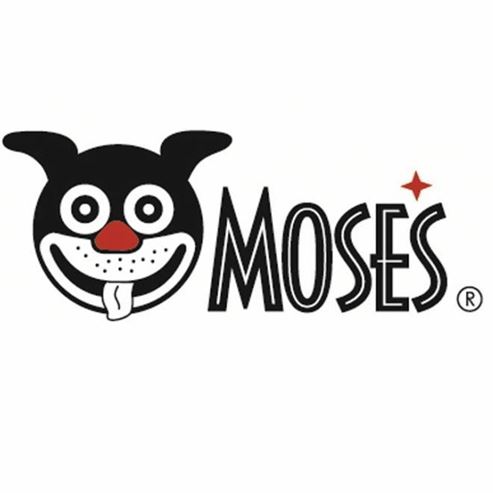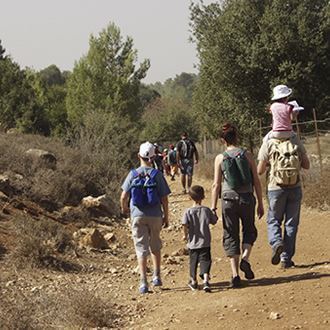Beit She'arim Track - Menorah Caves
Visit the antiques site
Menorah Caves
The impressive caves of the ancient town of Beit She'arim are one of the most fascinating archaeological discoveries in Israel. New excavations at the site are working to uncover the residential area of Beit She'arim, the city of Rabbi Judah HaNasi.
Recently the Israel Nature and Parks Authority has opened the Menorah Caves, and the rare reliefs within, to the public.
Main points of interest:
Jewish burial caves from the Roman period
Remains of the city of Beit She'arim
Statue of Alexander Zaid and the settlement story of Sheikh Abreik
Viewpoint
From the hill at Sheikh Abreik's
Israel Nature and Parks Authority activities to improve visitor services and preserve the site
The Israel Nature and Parks Authority has allocated a parking area, built toilets, put up informational signs, installed lighting in the caves and set up a pleasure garden and a museum displaying findings from the excavations. The Authority is also responsible for the antiquities that have been uncovered, and is a partner in the archaeological excavations at the site and in the continued effort to uncover the city of Beit She'arim. The Authority involves the local community in guiding and preserving the site.
How to get here:
Beit She'arim National Park is situated to the south of Kiryat Tiv'on. There are two roads to get to the site: one road branches to the south from the eastern site of Kiryat Tiv'on (Route 75); the other branches to the west opposite the access road to Sde Ya'aqov (Route 722).
Background
The city of Beit She'arim is known to have been an important centre for Torah study, thanks to Rabbi Judah HaNasi ('Rabbi’), head of the Sanhedrin, the most important figure in the Jewish world at the end of the 2nd century and the beginning of the 3rd century AD. From the time when Rabbi was buried at the cemetery here, it became a holy place, and as a result people from across Israel and even from abroad are buried in Beit She'arim. The cemetery was excavated and the caves became one of the most fascinating archaeological sites in Israel.
In 2014, after a break of around 60 years, the excavations in Beit She'arim began again, under the leadership of Dr. Adi Erlich of the University of Haifa. The new excavations do not focus on the tombs, but rather on the living areas in the city of Beit She'arim itself, next to the site where the synagogue, olive press and basilica were discovered. As a part of these excavations, researchers are being asked to look at the link between the city and its famous cemetery. An interesting question is whether the city received Jews from the Diaspora to live there, or whether they simply came to be buried.
In the excavation area, at the top of the Beit She'arim hill, stands a bronze statue of ‘HaShomer’ (‘the watchman’) Alexander Zaid, riding on his horse and looking out over the fields of the Jezreel Valley.
Zaid was one of the founders of the Bar Giora organisation, which set up HaShomer, and he was murdered in 1938 in an ambush by Arabs. This location provides spectacular views over the Jezreel Valley, the Carmel mountains, Northern Samaria and the lower Galilee.
Next to the statue is the tomb of Sheikh Abreik. This is a two-domed structure, with a tiny spring flowing next to it. Local tradition holds that the waters of the spring have healing properties.
Trip route
The tour is run by a guide from the site when you book in advance. The tour begins at the parking area, after paying at the cash desk. You will leave the site on foot and go towards the scenic route through the National Park, and from there you will reach the Mausoleum Cave.
1. The Mausoleum Cave
This cave is in the upper park of the cave complex. Next to its façade stood a magnificent structure, covered with animal reliefs. This was the ‘Soul’ - a building for commemorating the dead. The structure collapsed and its stones were gathered near to the place it used to stand. The mausoleum’s adornments are on display at the small museum in the National Park.
Stone arks and a mosaic floor survived inside this cave.
2. The Cave of the Fighter and his Menorah (3)
This cave contains five caverns and around 80 burial plots. In the central cavern, several seven-branched menorahs have been engraved, as well as a shell relief. The most impressive menorah has three legs, and is engraved over the head of a fighter. Vandals caused serious damage to the menorah, but it was restored.
The inscription inside the cave tells us that those buried there were from Tadmor.
3. The Cave of the Holy Ark (4)
This cave contains four caverns and around 100 burial plots. In the main cavern (on the left) is an engraving depicting two holy arks, lions, an altar and menorahs. In the cavern opposite the stairs, an engraving of a Jewish gladiator can be seen, and next to him the inscription: “Germanus ben Yitzhak HaTadmori”. In another scene etched into the wall on the far side is a diving man, perhaps a metaphor for passing into the world of the dead.
4. The Cave of Hell
Inside this cave, engravings of two trading ships were found, and these are evidence of Jewish seamanship in ancient times. Geometric decorations were also found engraved into rectangular skirting panels. An 11-verse mourning poem in Arabic from 900 AD has been worn away over the years. Underneath this cave is another cave (2), which had the fewest findings and is closed to visitors.
The watchman Alexander Zaid entered the Cave of Hell in 1936, and through an opening in the northern wall he reached the Cave of the Cavalier. Zaid called Prof. Mazar and Yitzhak Ben-Zvi, Israel's future second president. Mazar proposed to identify this place with Beit She'arim, and excavations began a short time later.
5. The Cave of the Cavalier (1)
One of the biggest caves at Beit She'arim. Around 380 burial plots were found here, hewn into 16 caverns, branching out across several levels from a long and narrow hallway. The entrance to the caverns was through a heavy stone door which turned on a hinge. Many doors remain in their places and still today can turn on their hinges.
There are a few types of tomb in the cave. The most common is the arcosolium - a rectangular burial recess above the ground, with vaulted ceiling above. A similar type of tomb is the arcolsolium with two burial recesses, each raised from the ground. A narrow passage between these leads to another recess. Other than the arcosolium, there are two additional types: crypt tombs and ‘trough’ tombs - burial plots hewn into the floor of the room. (Tombs of this type can be seen in the Cave of the Fighter and his Menorah.)
Many reliefs and engravings adorn the cave, including cavaliers, lilies, concentric circles, menorahs, a shofar, a lulav, an etrog, a vial of oil, lions, arches and inscriptions in Hebrew and Greek.
Tours: Tours of the Menorah Caves with a volunteer guide can be booked in advance, at no extra cost to the entrance fee. The tour is for families (children aged 7 and above) and for individuals on Fridays and Saturdays, and for groups during the week. Telephone number for bookings: 04-9831643
Night tour: You can book a night tour of the site’s ancient complex (not including the Menorah Caves). The paths and trees around the caves are lit up, creating a magical atmosphere.
- Type
- Hiking
- Region
- Jerusalem Area
- Locality
- Bet Shemesh
- Length
- 1 Km
- Duration
- 2-3 Hours
- Recommended season
- Spring, Summer, Autumn, Winter
- Starting point
- Beit She'arim National Park (map)
- Ending point
- At the starting point (map)
- Special equipment
- Shoes, hat, water
- Precautions
- Do not roam outside the National Park Trail
- Parking
- Parking
- Accessibility
- Accessible
- Circular
- Circular
- Drinkable water
- Drinkable water
- Suitable for children
- Suitable for children
- Picnic suitable
- Picnic suitable
- Phone
- +972-4-9831643
Similar trails
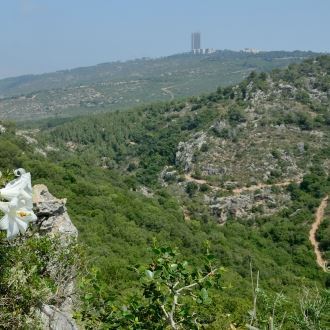
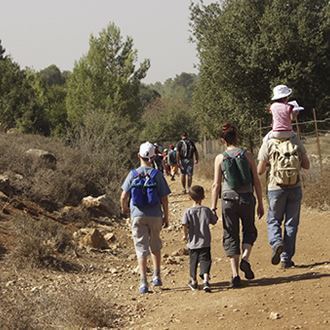
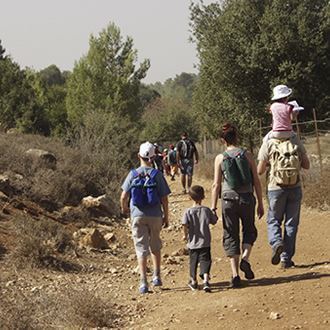
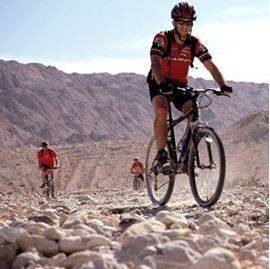
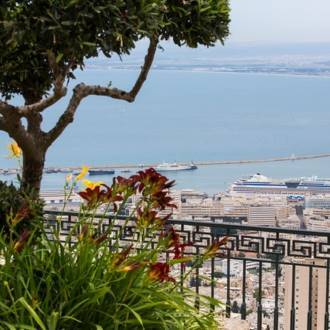
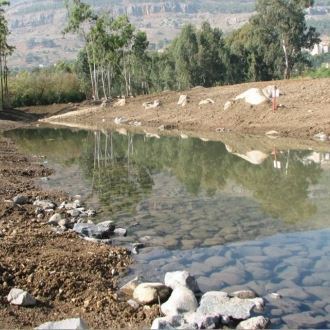
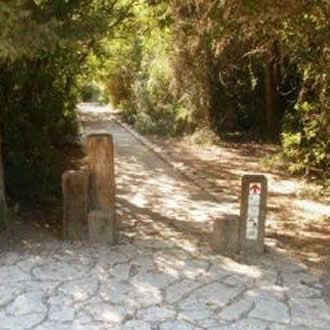
Nearby attractions
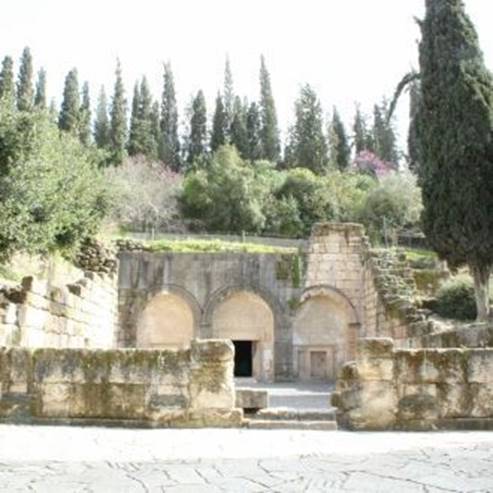

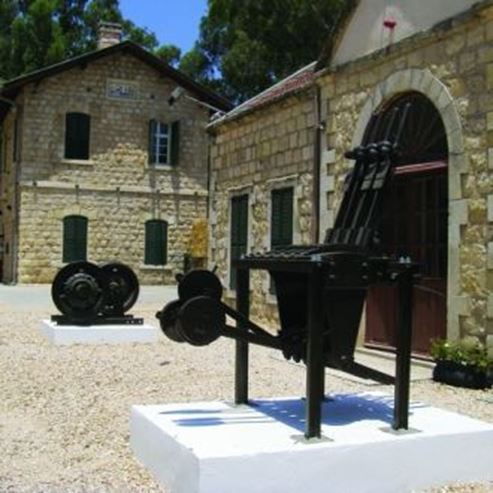
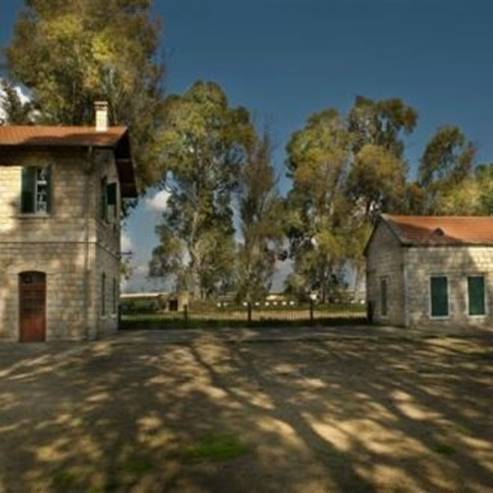
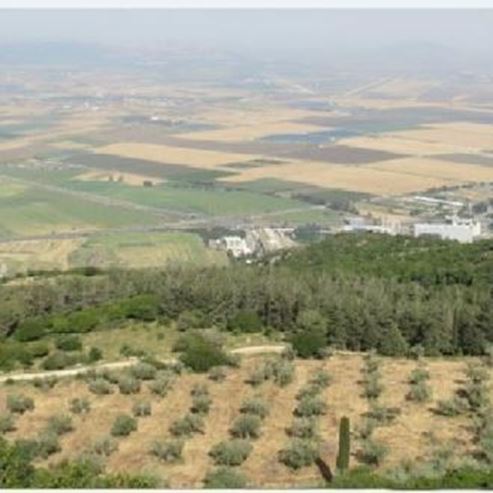
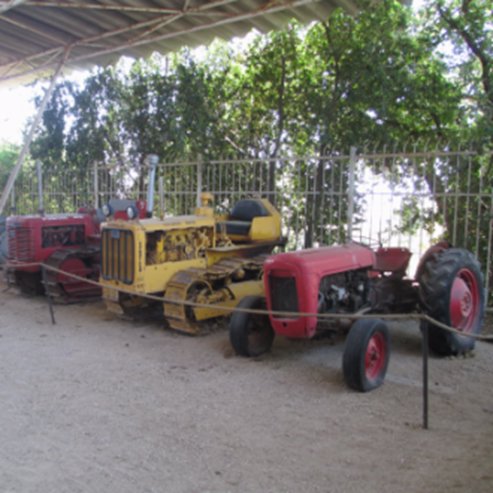
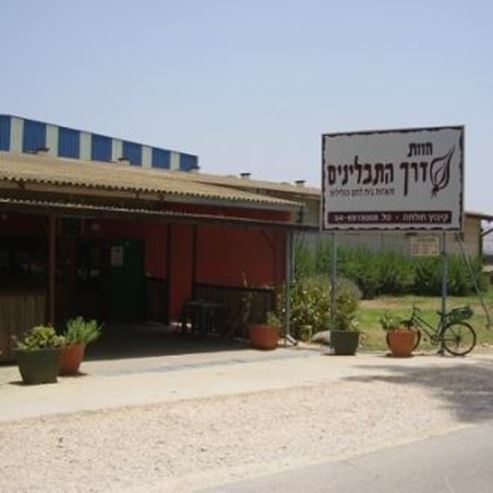
Nearby restaurants






